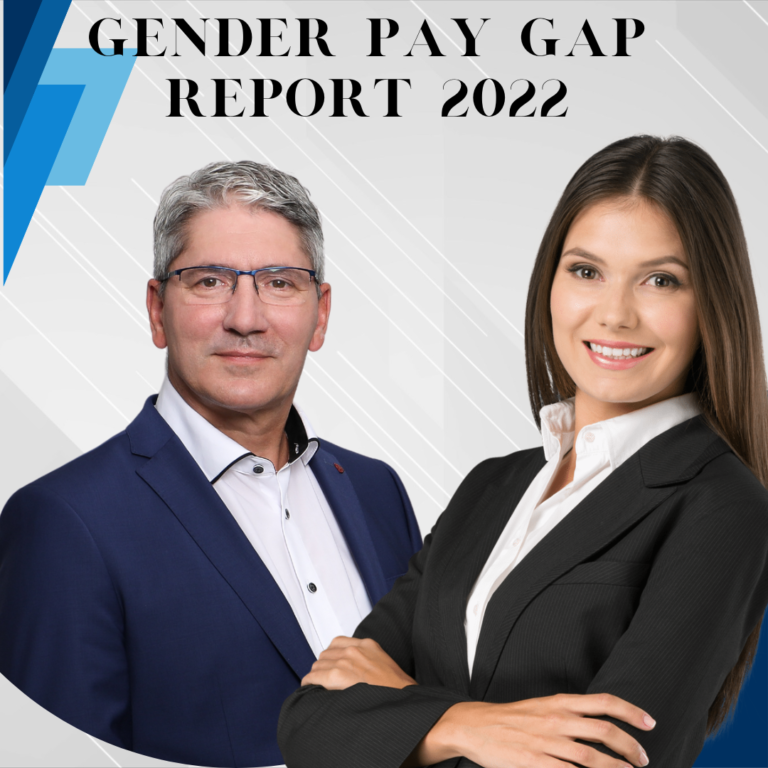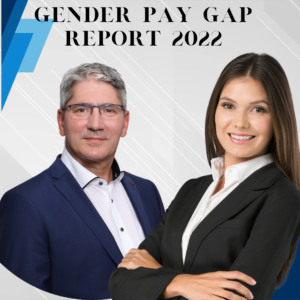Gender Pay Gap Report 2022

Gender Pay Gap Report 2022
Welcome to our Gender Pay Gap Report, where we dive deep into the pay differences between genders in the workplace. Our report examines the data from the variety of industries we recruit for to shed light on the pay gap and the factors that contribute to it.
Background
Established in 2005, Kaizen Workforce Solutions Ltd. is an end-to end workplace solutions provider optimising the power of people to drive organisational and personal growth. We achieve this through our key divisions: Recruitment, Workforce Business Intelligence, Integrated Services, Academy, working in concert to meet our clients specific business needs requirements.
Everyday, our dedicated staff provides services to various clients in the Logistics and Warehousing Industries.
What is the Gender Pay Gap?
The gender pay gap is the difference in the average hourly wage of men and women across a workforce. It compares the pay of all men and women not just those in similar jobs, with similar working pattern, skills or experience.
So it shows the gap between what women earn as a group and what men earn as group.
The Gender Pay Gap Act 2021 requires organisations with 250 or more employees report on their hourly gender pay gap across a range of metrics and so it provides an opportunity to understand and address gender imbalance within the workforce.
Calculating Gender Pay Gap
To calculate the figure, the hourly rate of all women and all men are calculated to show the mean (average) and median (mid-point) and then determining the gap between the two genders. The information required for the Gender Pay Gap Report was gathered in the week commencing 20th June 2022.
In this report it will show either a positive or negative figure (expressed as percentage) in the difference between
- the mean hourly remuneration of relevant employees of the male gender and that of the female gender
- the median hourly remuneration of relevant employees of the male gender and that of the female gender
- A positive percentage figure reveals that typically or overall, female employees have lower pay than male employees.
A negative percentage figure reveals that typically or overall, male employees have lower pay than female employees.
Our report shows that
- 243 staff are Female and 2,345 staff are Male – All temporary staff.
- Female staff represents 9% of the total workforce.
- The workforce comprises Temporary contract workers only.
- The majority of the high earners across the organisation are MALE
- Workers across the organisation are paid as per contractually negotiated rates. No staff receives bonus or benefit in kind.
Calculating the Gender Pay Gap at Kaizen Workforce Solutions Ltd.
In this section to calculate the gender pay gap we have broken the staff numbers into Four quartiles – from upper quartile of pay (highest earners) to lower quartile (lowest paid).
We calculate the pay quartiles by dividing all staff in the organisation into four even groups (as much as possible) based on their pay levels. We have express the proportion of male and female employees as a percentage.
Upper Quartile = 4% Female and 96 % Male
Upper Middle Quartile= 9% Female and 91 % Male
Lower Middle Quartile= 14% Female and 86 % Male
Lower Quartile= 10% Female and 90 % Male
Results
Mean Hourly Remuneration gap (minus) -2%
This reveals that typically or overall, male employees have lower average hourly pay than female employees
Median Hourly remuneration gap (positive) 5%
This reveals that typically or overall, female employees have lower mid point (median) pay than male employees.
What does this mean?
At Kaizen Workforce Solutions Ltd, female staff are 2% more than male staff.
This is because there is a much larger proportion of male staff in the two lower quartiles, i.e. 90% in the lower Quartile and 86% in the Lower Middle quartile. However we need to consider that fluctuation in the turnover in the male workforce can have a more significant impact on the company gender pay gap.
The positive figure of 5% in the median shown in the Gender Pay Gap Report show that the male median pay rate is higher than the female median pay rate. This is because the male staff covers a wider pay spectrum.
The above mirror the warehouse and logistics sector in which more male staff are recruited than female.
Kaizen Workforce Solutions Ltd. is confident that the pay gaps reported show no evidence of gender bias and are not due to unequal pay for the same or equivalent work.
What are we doing about Gender Pay Gap
As an equal opportunities employer, Kaizen Workforces Solutions, Ltd. believes in appointing the
best suited candidate to the role, regardless of gender and other grounds for discrimination covered by the Equality act. We will also continue to explore how to attract more females into roles to create even more gender balance.
To provide a positive working environment to all, We ensures fair, transparent and equitable pay across all roles.
Moreover we will continue to analyse data and trends and will continue to benchmark Kaizen Workforce Solutions Ltd. against similar organisations within the specific recruitment sector we operate.


